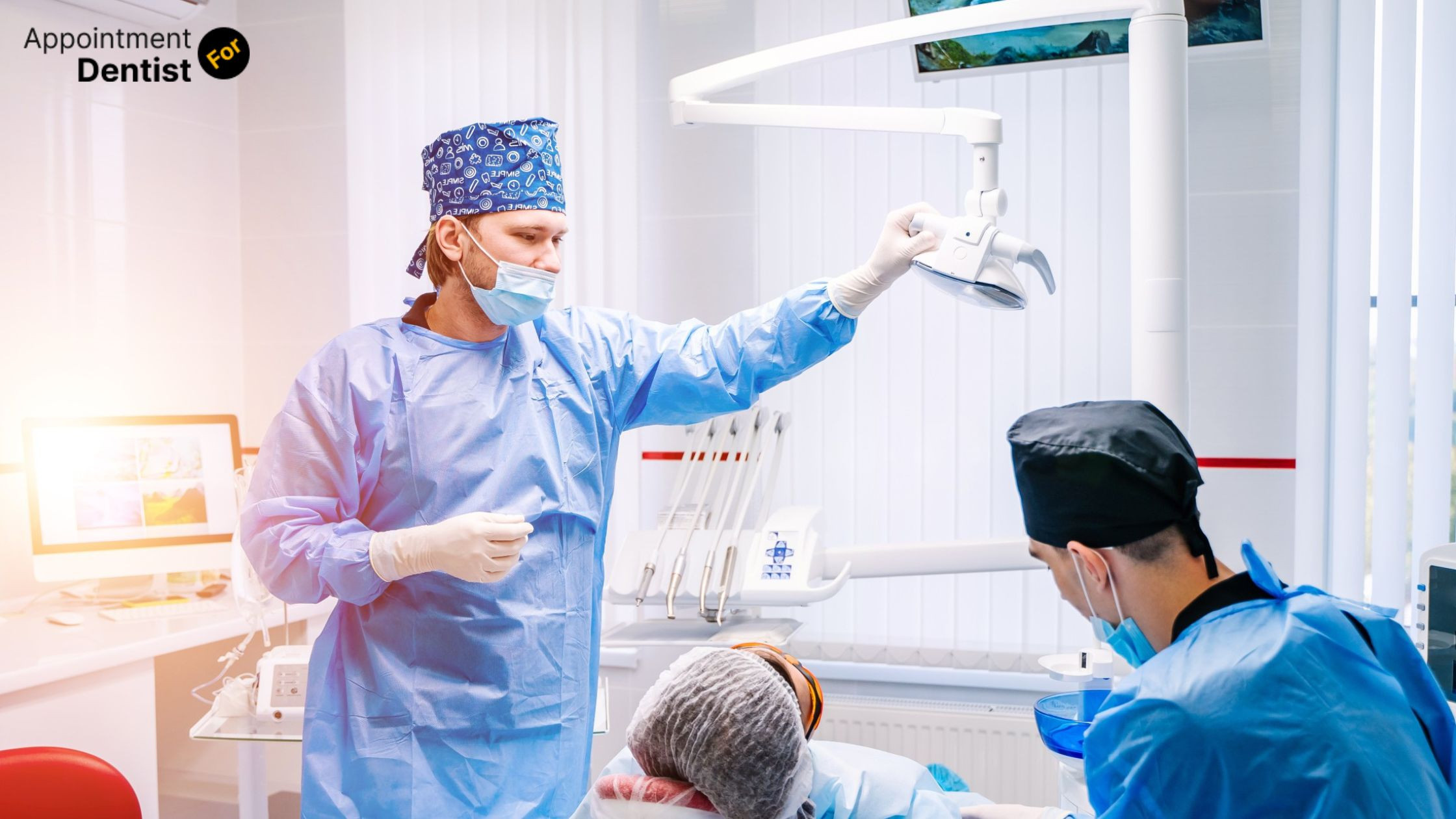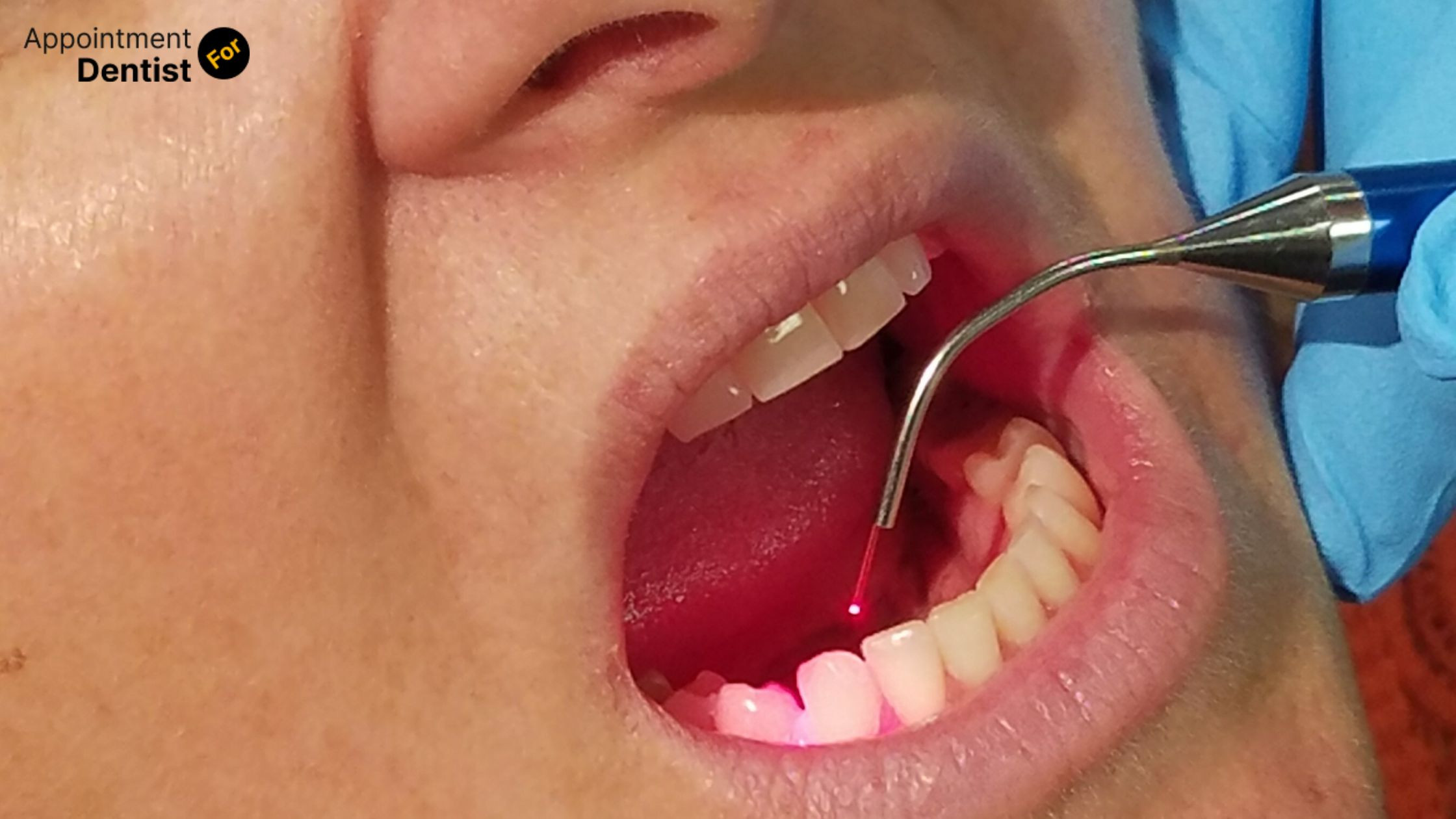Innovations in Regenerative Dentistry for Treating Gum Disease
Posted on August 06, 2024 by Admin

Innovations in Regenerative Dentistry for Treating Gum Disease
Periodontal disease, which is also referred to as the gum illness, is an oral health issue that is prominent in many people across the world. It begins with inflammation on the gums (gingivitis) and may develop into more severe forms, causing loss of teeth and affecting general health.
Luckily, there are new treatments in regenerative dentistry that are going beyond traditional measures,providing hope for patients with lost gum tissues and bones. This blog will discuss some of the most recent developments in regenerative dentistry for management of gingival diseases while explaining how these advances have changed the way we care for periodontal patients.
Also Read: Things You Should Know About Dental Insurance
Understanding Gum Disease
Accumulation of plaque and tartar on teeth causes gum disease primarily, which leads to inflammation and infection of the surrounding tissues. Early-stage gum disease (gingivitis) can often be managed with improved oral hygiene and professional cleanings. But if it’s not treated in time, it may develop periodontal disease characterized by deeper tissue damage, bone loss and loss of teeth.

Innovations in Regenerative Dentistry
1.GTR Of Guided Tissue Regeneration (GTR)
Guided tissue regeneration (GTR), a method for restoring lost periodontally supportive tissues such as bone and gums, was designed to help restore the composition of these tissues. In this case, a biocompatible membrane is placed between the connective tissues of the gum and tooth root after exercising infected parts. This acts as a barrier preventing rapid growing gums from messing up with forwards moving dentin and periodontal ligaments’ reconstitution in bone eventually comes back with improved dentition retaining structures.
New materials and techniques concerning GTR have enhanced its efficiency as well as outcomes related to it. Recent progresses include introduction of absorbable membranes that do not need removal after they heal; also use of bioactive substances to make tissue regeneration more effective is another important aspect.
2.Platelet Rich Plasma (PRP) and Platelet Rich Fibrin (PRF)
In regenerative medicine, Platelet Rich Plasma (PRP) and Platelet Rich Fibrin (PRF) are two therapies used to encourage healing and tissue regeneration using the patient’s own blood components. PRP involves the concentration of platelets from a blood sample which are then applied to the site being treated for tissue repair enhancement and reduced recovery period. Just like PRF, it employs an analogy for tissue development in the form of a fibrous matrix that is produced through blood.
- Updates: New techniques in both PRP and PRF have led to increased growth factor concentration and higher quality of fibrin matrices.
Regenerative dentistry can be revolutionized through stem cell therapy, which is a step towards generating damaged gum tissues and bones anew. Stem cells are sourced from the marrow or fat of a patient’s own body or other donors and they are capable of growing into distinct forms of cell. These cells are the ones that are used in manipulating cells within periodontal tissues so as to allow their regrowth.
- Recent Advances: In recent times, there has been significant improvement in stem cell therapy methods with researchers coming up with novel techniques for separating and growing stem cells. Besides, there are also developments regarding various means of administering stem cells and types of scaffolds that facilitate their passage through the tissue.
Must Read: 7 Mistakes to Avoid When Choosing a Dental Plan
Conclusion
Regenerative dentistry domain keeps on making advancements that are beyond imagination and therefore giving a new ray of hope to the gum disease patients. For instance, gum diseases are treated via the use of such techniques as Guided Tissue Regeneration, Platelet-Rich Plasma, Stem Cell Therapy, Tissue Engineering, and Laser Therapy. These methods are not only more effective but also less invasive for regeneration and repair purposes. As studies advance, these groundbreaking treatments offer better chances for persons suffering from periodontal disease to have improved outcomes and better living conditions. When someone visits a dentist who is an expert in regeneration procedures while experiencing gingivitis will get all sorts of personalized care which will lead him or her to save his/her teeth.
Faqs
-
1. What is Guided Tissue Regeneration (GTR) and how does it help in treating gum disease?
Guided Tissue Regeneration (GTR) is a procedure that uses a special membrane to guide the growth of new bone and gum tissue. After removing infected tissue, the membrane is placed between the gum and tooth root to protect the area and encourage the regeneration of lost tissue. This method improves support for the teeth and can help restore lost periodontal structures.
-
2. How do Platelet-Rich Plasma (PRP) and Platelet-Rich Fibrin (PRF) aid in gum disease treatment?
Platelet-Rich Plasma (PRP) and Platelet-Rich Fibrin (PRF) are treatments that use components from the patient’s own blood to enhance healing. PRP involves applying a concentrated solution of platelets to the treatment site, while PRF provides a fibrin matrix that supports tissue regeneration. Both methods promote faster healing and can improve outcomes in periodontal therapy.
-
3. What role do stem cells play in regenerative dentistry for gum disease?
Stem cell therapy involves using stem cells to regenerate damaged gum and bone tissues. These cells can differentiate into various types of cells needed for tissue repair. Advances in stem cell therapy are enabling more effective regeneration of periodontal tissues and offering new treatment options for severe cases of gum disease.
-
4. How does tissue engineering contribute to the treatment of gum disease?
Tissue engineering involves creating artificial tissue structures using biomaterials to repair or replace damaged tissues. In gum disease treatment, this includes using synthetic bone grafts and tissue-engineered scaffolds to support the growth of new gum and bone tissues. Innovations in biomaterials have improved the effectiveness of these treatments.
-
5. What are the benefits of using laser therapy for treating gum disease?
Laser therapy offers a minimally invasive alternative to traditional surgery for treating gum disease. It uses focused light beams to remove infected tissue, reduce bacterial load, and promote healing. Benefits include precision in targeting treatment areas, reduced discomfort, quicker recovery times, and improved regeneration of healthy gum tissue.
Recent Post
- The Importance of Oral Health Education for Children
- How to Choose the Right Orthodontic Treatment for Adults
- The Link Between Oral Health and Stroke Risk
- How to Address and Prevent Gum Recession
- Innovations in Dental Anesthesia: Pain-Free Procedures
- The Role of Saliva in Oral Health: Functions and Disorders
- Exploring Holistic Dentistry: What You Need to Know
- How Oral Health Affects Your Immune System
- The Benefits of Using Dental Probiotics
- Oral Health and Pregnancy: Myths and Facts